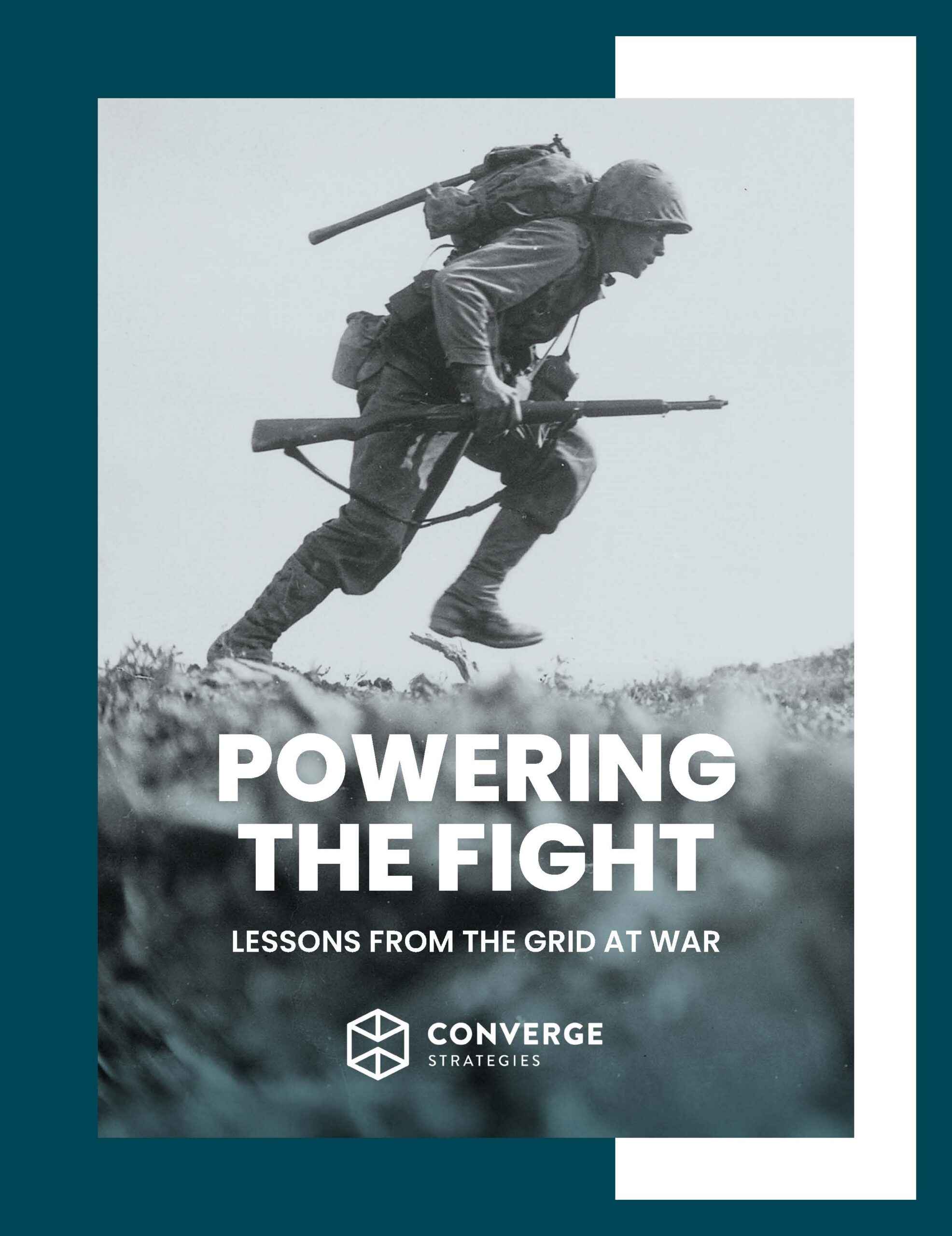Part One. The Grid, The Industrial Base, and Major War
Considers the U.S. military’s early relationship with the grid and the role electricity played in the mobilization of the defense industrial base during the two world wars of the twentieth century. It discusses the challenges the power grid faced meeting the total war requirements put on the defense industrial base, and what steps the United States took to overcome these challenges before they caused irreversible harm to the war effort.
Part Two. Domestic Installations and Shifting Dependence on the U.S. Electric Grid
Examines the evolution of U.S. domestic installations and their increasing dependence on the power grid. Noting the fundamental change in the nature of the U.S. military and its globally networked forces tied to domestic bases, this section emphasizes the military’s increasing dependence on a vulnerable and aging U.S. power grid. The section concludes by using the lessons from the last major wars to infer what might happen if the United States had to fight a major war today while relying on the current electric grid.
Part Three. Lessons Learned and The Way Ahead
Outlines important steps that policy makers, defense leaders, utility owners, and grid operators should consider today to begin to build an electric grid that will help the U.S. military succeed in the future, including:
1 Prioritize interregional transmission to redirect surplus power to areas of the nation experiencing shortfalls.
2 Foster interagency collaboration for coordinated engagement across critical defense and energy agencies.
3 Emphasize defense critical electric infrastructure as the focal point for the Department of Energy and U.S. military engagement with grid planners.
4 Strengthen public-private financing for transmission expansion by enlisting financial instruments to derisk investment and reduce ratepayer burden.
5 Support a flexible, efficient, and lean grid through federal investment in innovative grid technologies to maximize current infrastructure.
6 Build defense installation loads into grid planning to ensure utilities and grid operators have sufficient capacity for defense needs.
About Converge Strategies, LLC
Converge Strategies, LLC provides consulting services focused on the intersection of energy resilience and national security. www.convergestrategies.com
Media Contact
Adair Douglas
Converge Strategies
adouglas@convergestrategies.com


